Taking screenshots on a Mac is extremely easy thanks to the amazing screen capture utility it comes preloaded with. The utility comes with even more features than what you find or see at first glance.
Unleashing these extra options will allow you to take your screenshots in a more customized way. These are pretty simple tweaks to apply to the utility to take the type of screenshots you want on your Mac.
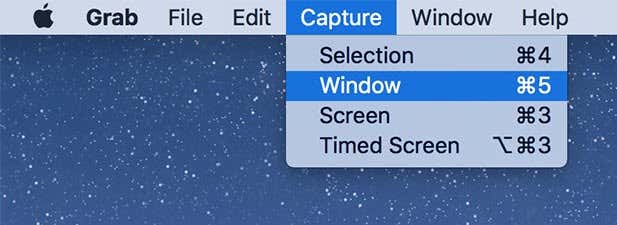
Full Screen Screenshots
This one’s the easiest and you’ll use it when you want to capture the entire screen of your Mac. All the icons and other elements on your screen will be captured and saved in your screenshot.
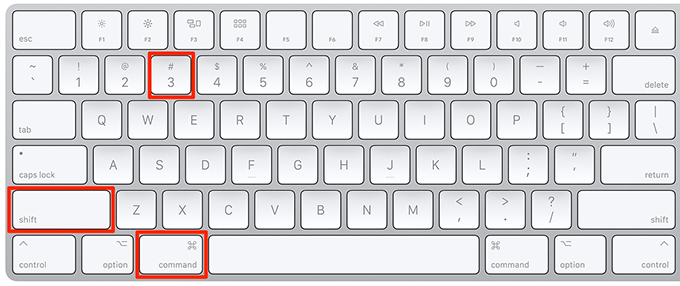
To capture a full screen screenshot, simply press Command + Shift + 3 at the same time on your Mac keyboard. The screenshot will be captured and saved on your desktop.
Take A Screenshot Of A Select Window
Sometimes you may only want to capture a certain part or window of an app on your screen. While you can always take a full sized screenshot and crop it to get the result you want, there’s a better way to do it in Mac.
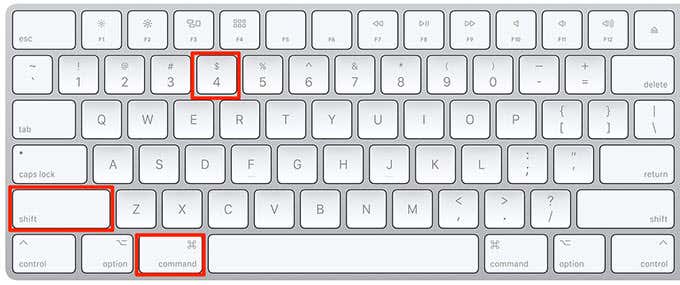
While you have the app window that you want to capture open on your screen, press the Command + Shift + 4 key combo, press the Spacebar, and click on the app window to capture it.
Capture A Screenshot Of A Select Area
There’ll be times when you may want to capture a screenshot of a particular area (not a specific window) on your screen. It’s different than capturing the whole screen or a specific app window.
You can do it with a key combo on your Mac. While on any screen, press the Command + Shift + 4 keys simultaneously, drag the marker and select the area you want to capture, and let go of the marker. Your screenshot is captured.
Capture A Timed Screenshot
You’ll come across this issue sometimes. You want to capture a screenshot but then your screen also requires you to use your keyboard and mouse at the same time. If you use your keyboard for taking the screenshot, you can’t use it with the app that demands it.
There’s a workaround, though. Mac has the ability to take timed screenshots thanks to the built-in Grab utility.
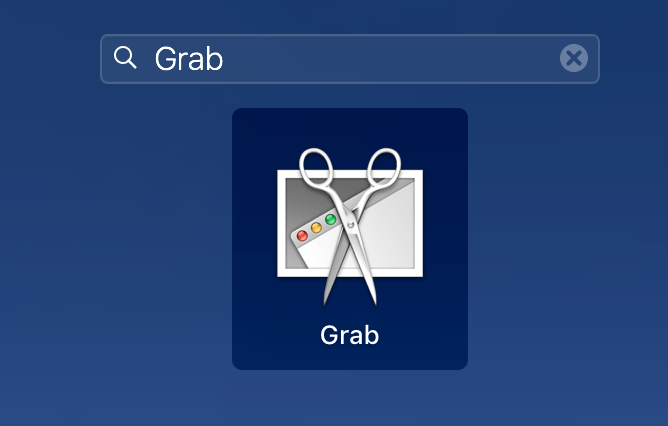
Launch the Grab app from the Launchpad on your Mac.
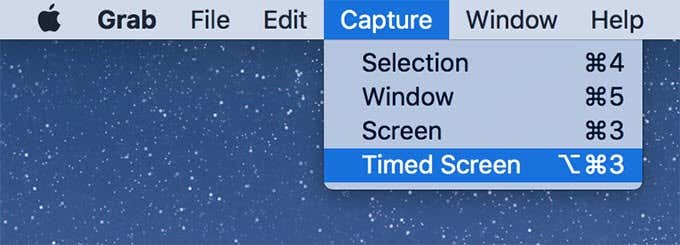
Click on the Capture menu followed by Timed Screen at the top.
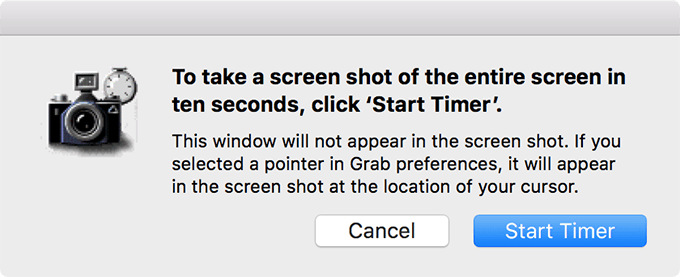
A dialog box will appear telling you that it’ll take a screenshot after ten seconds have passed. Click on the Start Timer button to start the timer
After ten seconds have passed, it’ll automatically grab a full-screen screenshot of your screen and save it to your desktop.
Remove Drop Shadows From Screenshots
If you’ve noticed, the app window screenshots you capture on your Mac come with drop shadows. While these make your screenshot look cool, sometimes you may not want them included in your images.
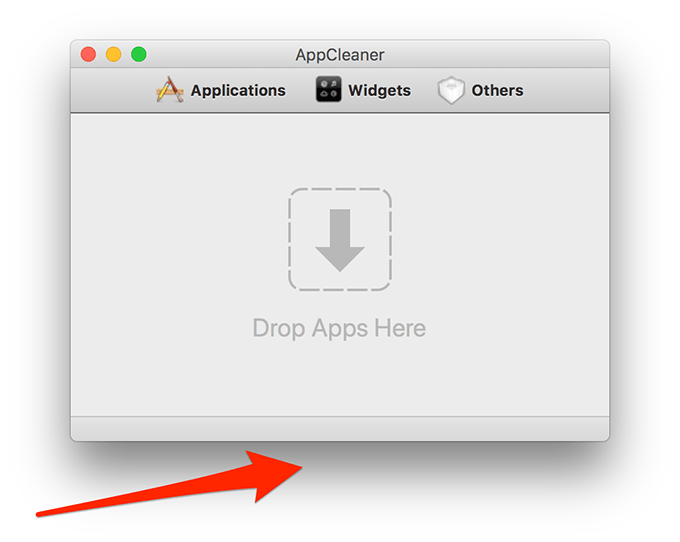
Removing the drop shadows from your Mac screenshots is pretty easy and can be done using a command in the Terminal app.
Launch the Terminal app on your Mac.
Type in the following command into the Terminal window and hit Enter.
defaults write com.apple.screencapture disable-shadow -bool true ; killall SystemUIServer

From now onwards, any screenshots you capture won’t have drop shadows added to them.
If you ever wish to bring the drop shadows back, simply run the following command in the Terminal app on your Mac.
defaults write com.apple.screencapture disable-shadow -bool false ; killall SystemUIServer

Drop shadows should now be back on your Mac.
Show Cursors In Your Screenshots
Most screenshots you find on the Internet usually don’t have mouse cursors included in them. However, if you want to point out certain things in your screenshots, you may want to include them.
The default capture utility on your Mac doesn’t include cursors. However, you can use the built-in Grab app to get the task done.
Open the Grab app from the Launchpad on your Mac.
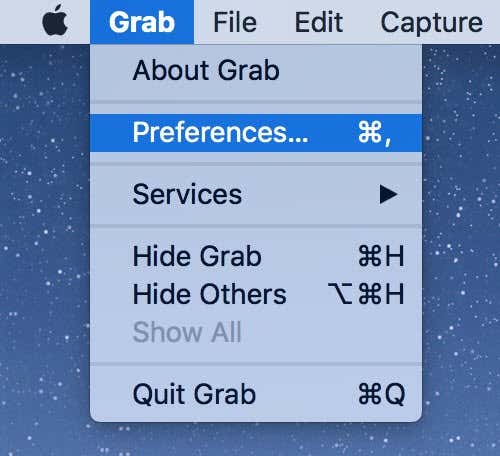
When the app opens, click on Grab at the top and select Preferences.
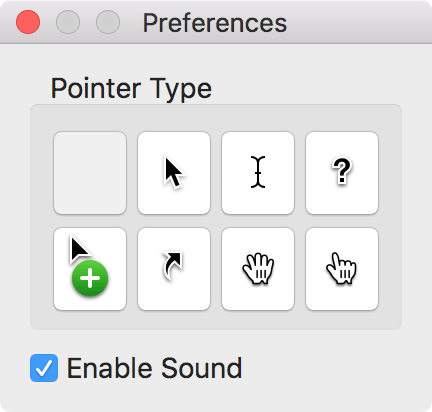
You’ll now see various pointer types you can use in your screenshots. Select the one you like and exit the panel.
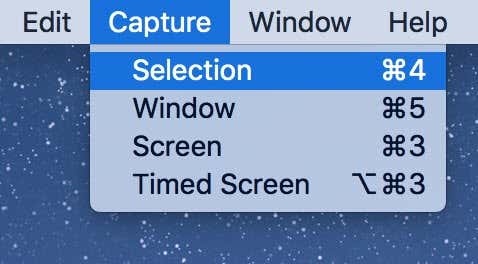
Now use the Capture menu in the app to take a screenshot of your screen.
Your captured screenshot will now have your chosen cursor type included in it.
Capture A Screenshot Of The Login Screen
The built-in screen capture utility is even capable of taking screenshots of your login screen.
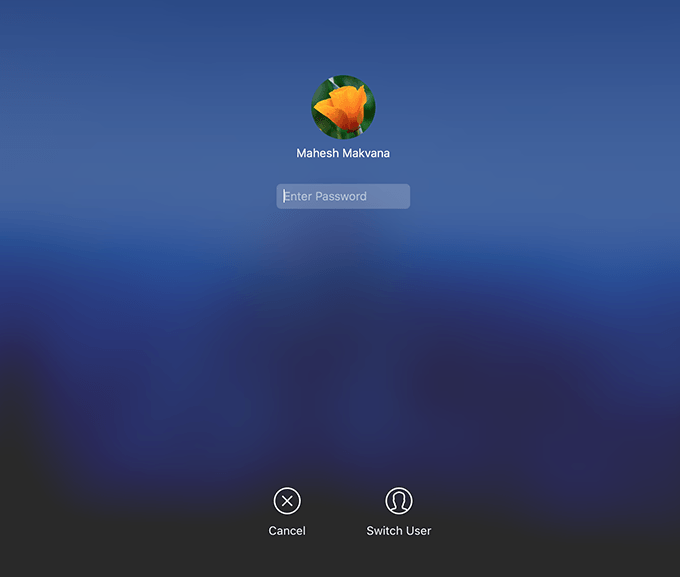
While you’re on the login screen of your Mac, simply press the Command + Shift + 3 key combo and it’ll capture and save your current screen on your desktop. You can then sign back into your account to view your screenshot.
Take A Screenshot Of Your Touch Bar
You can also take screenshots of your Mac Touch Bar so that you can show your audience what it looks like.
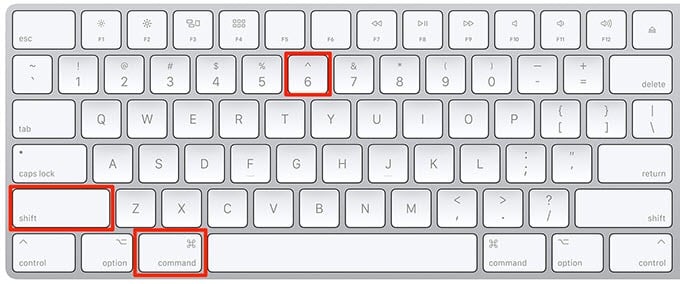
To do it, just press the Command + Shift + 6 key combo on your Mac keyboard. A screenshot of your Touch Bar will be captured and saved on your machine.
Change The Default Screenshot File Name
You might have noticed that your screenshots are saved with the default name “Screen Shot” on your Mac. However, you do have the option to change the name if you’d like.
Launch the Terminal app on your Mac and run the following command in it. Make sure to replace NAME with the new name you want for your screenshots.
defaults write com.apple.screencapture name "NAME"; killall SystemUIServer

Your future screenshots will use your chosen name as their file names.
Get Rid Of Timestamps From Screenshots
Your Mac adds the time and date when you capture your screenshots to the file names. If this makes the image names too long for you and you’d rather prefer simpler names, you can have this information striped off.
Open the Terminal app on your Mac and execute the following command.
defaults write com.apple.screencapture "include-date" 0; killall SystemUIServer

It’ll remove the timestamps from your screenshot file names. If you ever wish to get them back, run the same command replacing 0 with 1 in the Terminal and it’ll undo the changes you made.
Change The Save Location For Your Screenshots
By default, all of your screenshots are saved on your desktop. That also means your desktop will get cluttered if you take a lot of screenshots and you don’t arrange them in appropriate folders.
You can change the default screenshot save folder though, so that your screen captures are saved in your chosen folder.
Run the following command in Terminal replacing PATH with the path of the folder where you want your screenshots to be saved.
defaults write com.apple.screencapture location ~PATH; killall SystemUIServer

You can always bring back the default save folder by running the following command:
defaults write com.apple.screencapture location ~/Desktop; killall SystemUIServer
Change The Screenshot Image Format
PNG is the default file format for your screenshots. However, if you need your screenshots in another format, you can change the default screenshot format from the Terminal.
Use the following command in Terminal to do so. Replace jpg with the image format you’d like for your screenshots to be in. Some of the formats you can use are JPG, GIF, PDF, PNG, and TIFF.
defaults write com.apple.screencapture type jpg;killall SystemUIServer

You can switch back to the default file format using the same command.